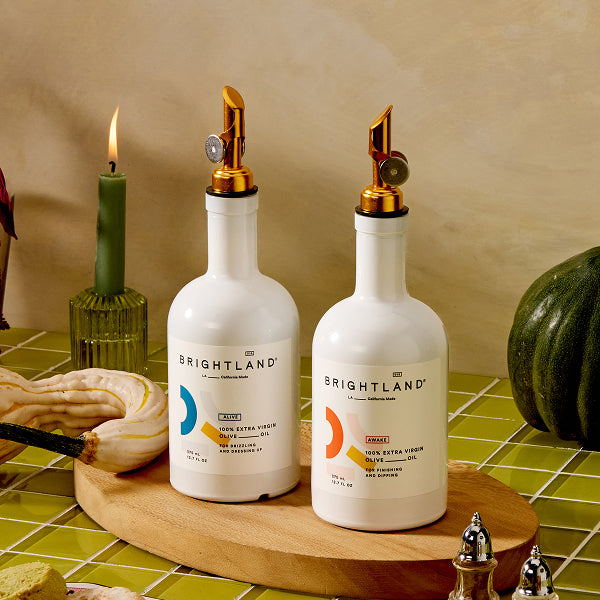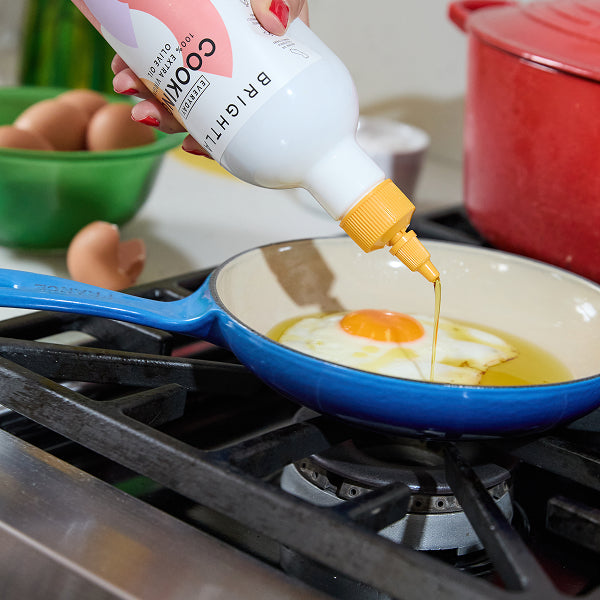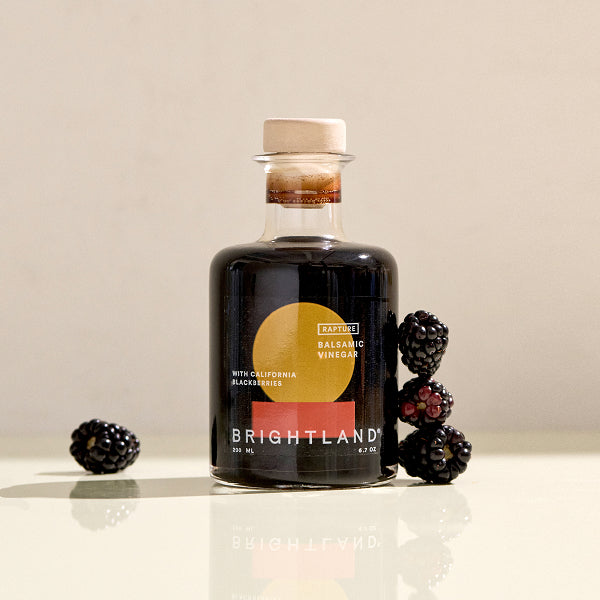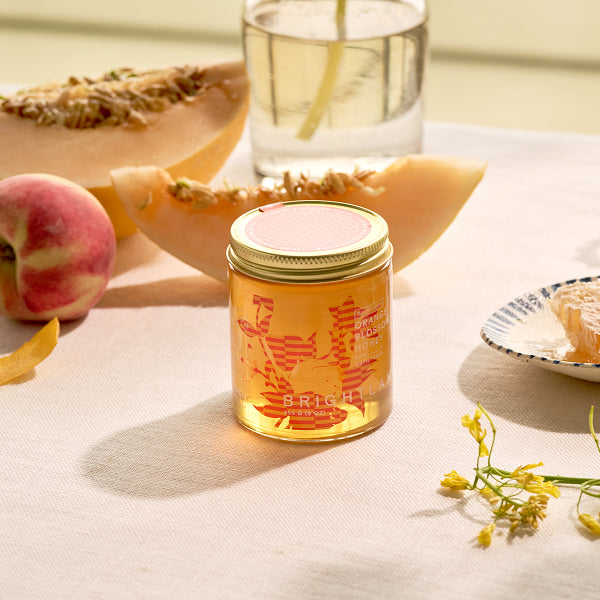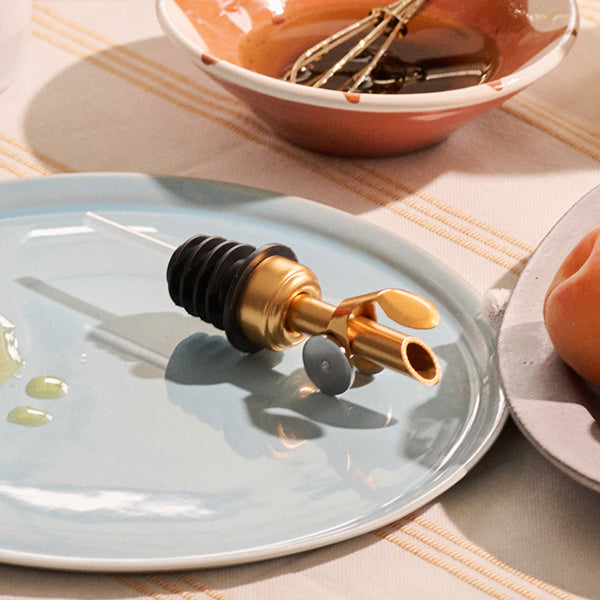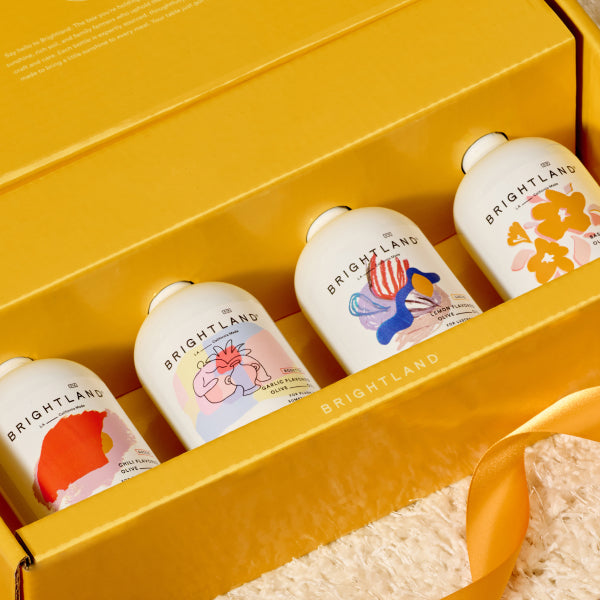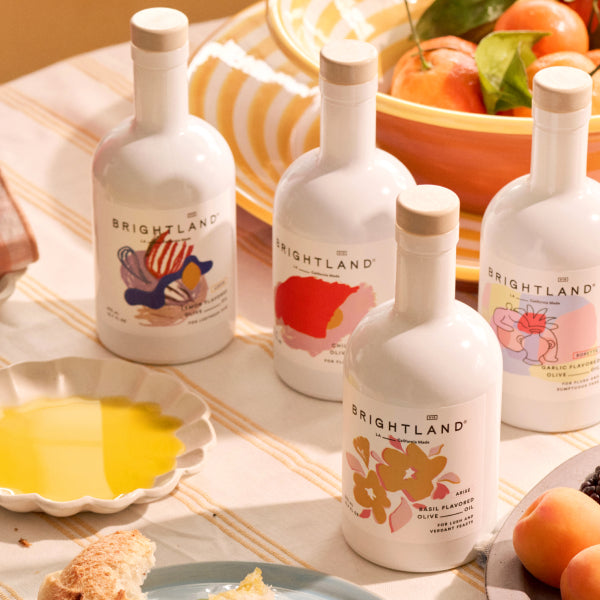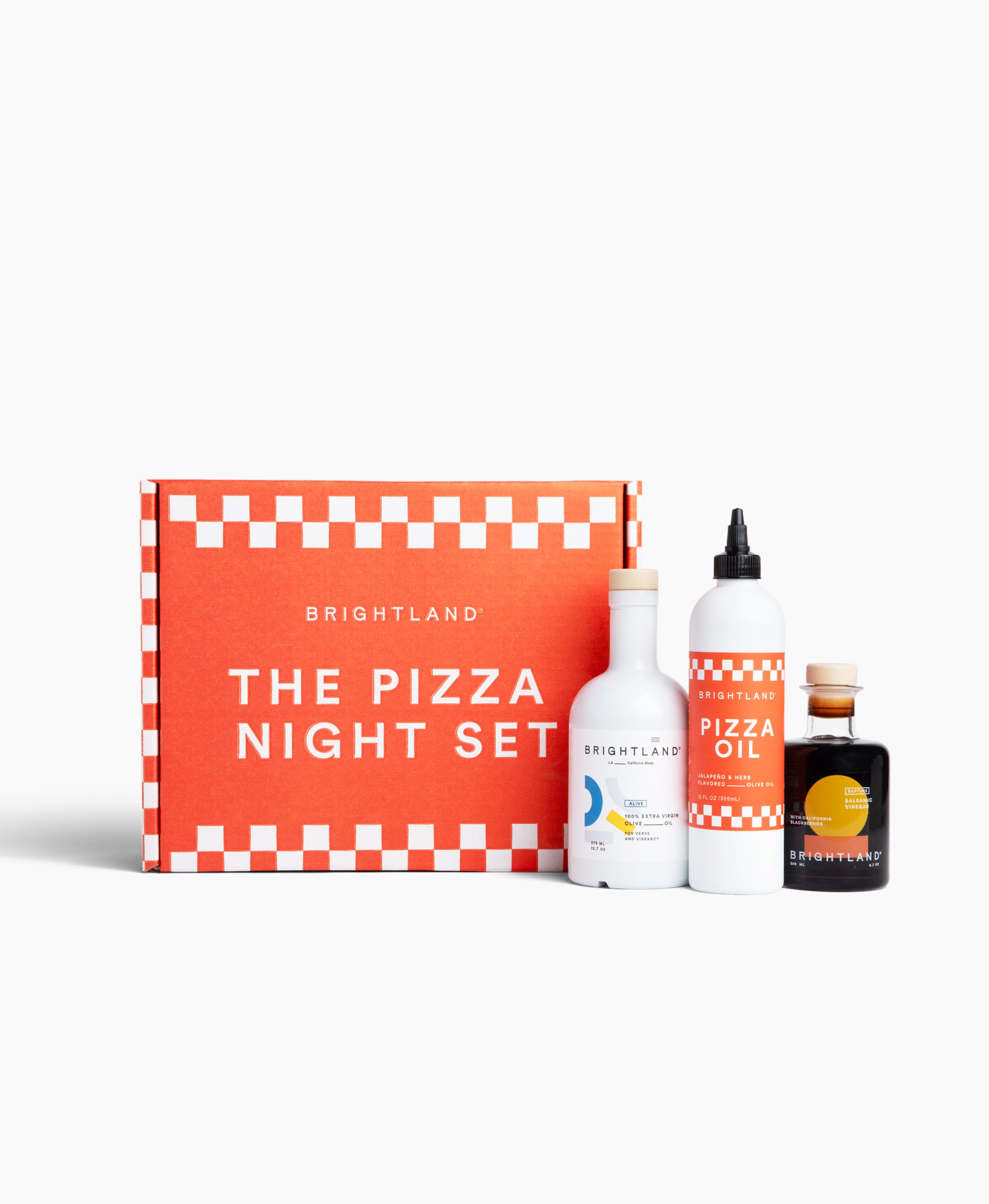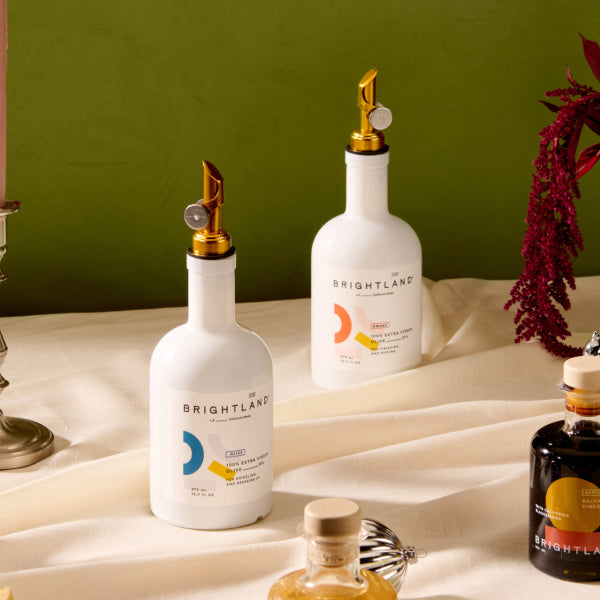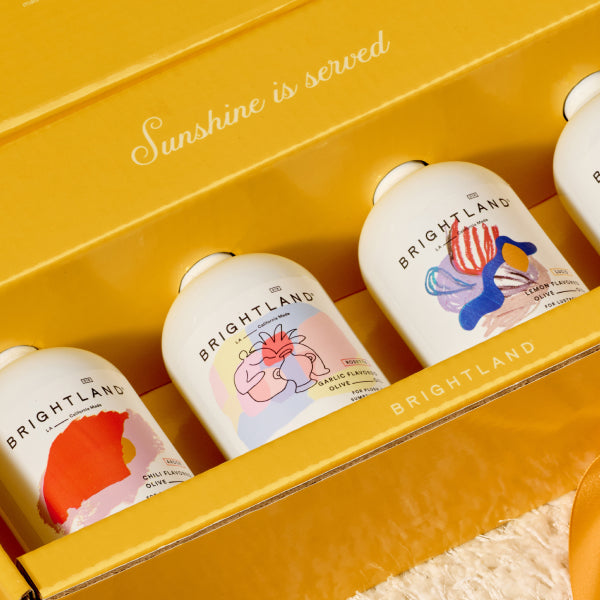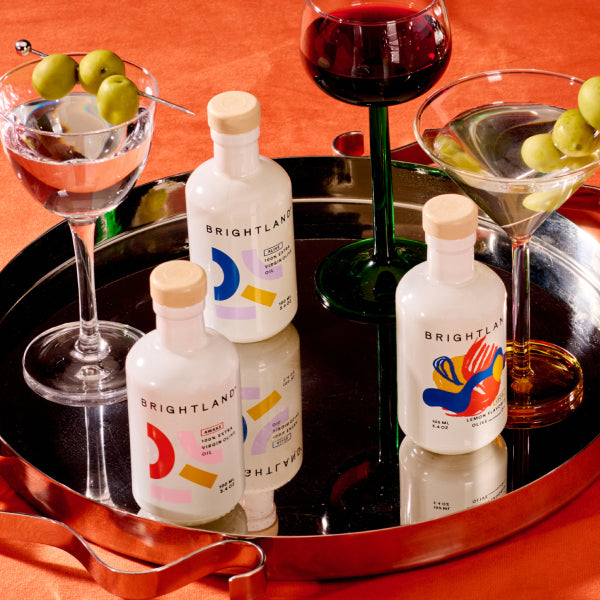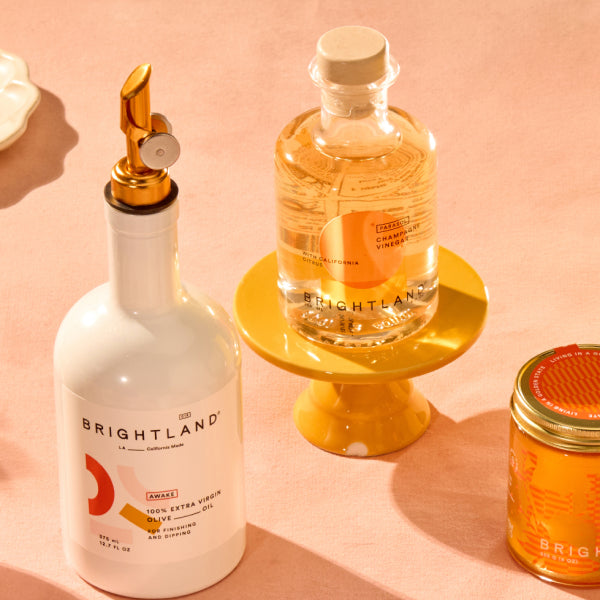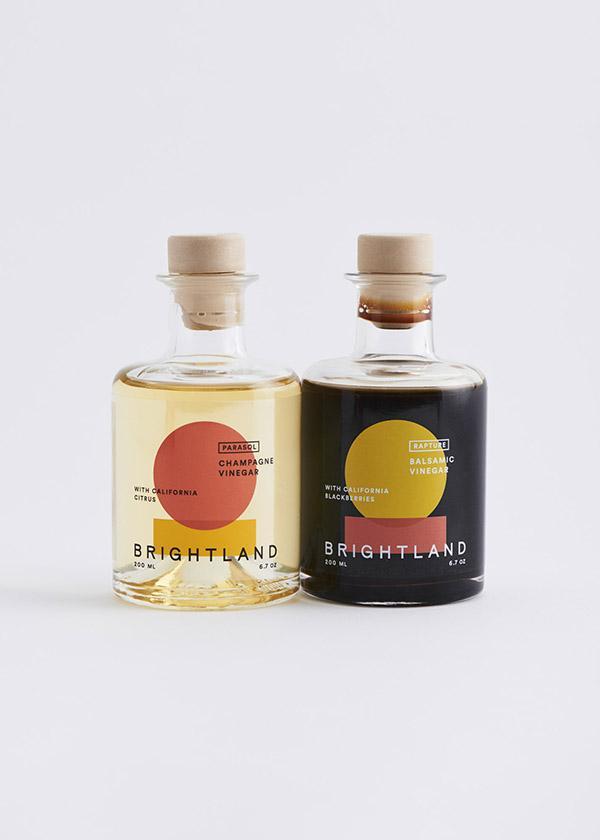Olive oil is arguably one of the world’s most foundational staple foods. Voracious eaters consume it by the bucketful, reaching for it as their primary sauté pan primer, salad dressing base and drizzle companion. Indeed, Americans consume about 362,000 metric tons of olive oil per year, and it is not hard to see why. The beloved plant-based oil remains essential due to its flavor, versatility and rich nutritional value. One tablespoon of olive oil contains “good” fat plus vitamin E, vitamin K, calcium and potassium, so it is certainly a smart choice for a healthy diet.
For these reasons, most of us have at least one bottle of olive oil in the pantry at all times. But have you ever stopped to think about the quality of said bottle? In this guide, we will help you discover high-quality olive oil that harnesses all the wonderful benefits of this tried-and-true superfood and helps the simple ingredients reach their full flavor potential. Read on to learn how to choose olive oil that honors your high standards in taste and quality.
1. Know Where It Comes From — Contrary to popular belief, good olive oil does not have to come from the Mediterranean. In fact, there has been quite a surge in American-made olive oil in the past several years, and — thanks to an unrelenting focus on quality and freshness — the industry has established itself as a strong competitor. American producers use custom-blended oils extracted from heirloom olive varieties, which gives us the freedom to create a tasty, robust flavor balance. American producers also have the unique upper hand because they can get it to the local consumer much faster, which means a fresher, more enjoyable product.
The Greeks and Italians are not the only masters of the olive! Expand your horizons with fresh California-made olive oil crafted from heirloom varieties.
2. Know That Extra-Virgin is King — There are several different types of olive oil, but not all are created equal. Although there are various classifications, extra-virgin is the gold standard and the best you can buy. In order to be classified as extra-virgin, the oil must have been naturally extracted without heat or chemicals. This helps the olives retain their purity of flavor and nutrients in the bottling process. Extra-virgin olive oil, like the kind we produce here at Brightland, is generally less acidic and is considered slightly fruity with a pleasant aroma. As a general rule, you should always use extra-virgin olive oil in all applications.
[close type="rte"] [open type="images" count="1"]
3. Know Your Olives — The production of olive oil is not terribly different from the production of wine. Like the grapes used to make fine wines, even slight variations in how and where the olives are grown can affect flavor and quality. With that said, do not obsess over olive types. Your best bet is to look for producers who use heirloom olives and pay close attention to the tasting notes on the label. See? It really is a lot like buying wine.
4. Pay Attention to Packaging — Olive oil does go bad, and it is surprisingly susceptible to damage from exposure to light. Therefore, it is best to choose a variety packaged in a UV-coated bottle to protect the oil from light. Opaque glass bottles (such as the ones we use to house our premium olive oil) are the best at blocking out damaging light rays.
5. Know the Harvest Date — Knowing when your olive oil was made is key to ensuring that you get the best quality, so pay attention to the harvest date listed on the bottle. This date is a key indicator of transparency and quality. Typically, olive oil is best used within a year to 18 months of its harvest date. Oil consumed within this period will be brighter, fresher and more enjoyable.
6. Consider Flavor Infusions — If you enjoy olive oil as a finishing agent — that is, to drizzle atop roasted veggies or a slice of fresh-baked bread — then do not discount flavored olive oil. Infused with bright or warming flavors that complement the smooth flavor profile of the olive, these products are excellent for eating alongside a wide range of foods. You can use them to dress up dishes or to add a hint of flavor to whatever you are cooking.
[close type="rte"] [open type="images" count="1"]
Try an Olive Oil Sampler
By far, the best way to choose the right olive oil is to taste it. This is why we offer an array of unique olive oil sample sets, such as The Duo, The Artist Capsule and The Mini Essentials. These mouthwatering combination packs include a full spectrum of premium olive oil selections so you can taste and experiment until you find a bottle that feels right.
[close type="rte"]
